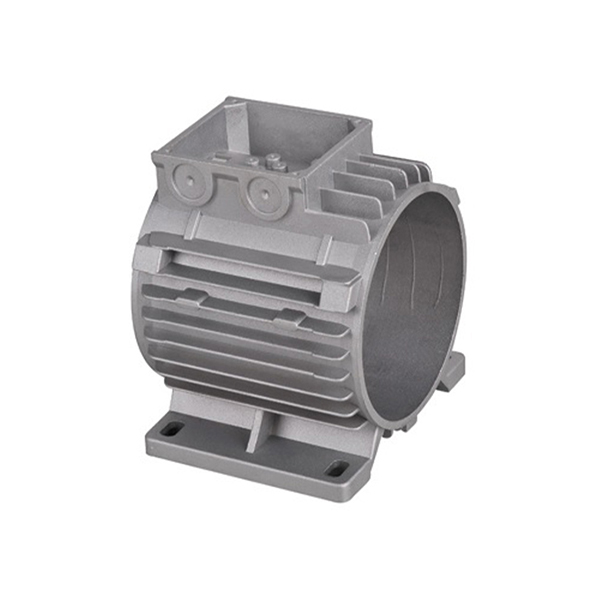Mobile:+86-311-808-126-83
Email:info@ydcastings.com
car oil catcher
Understanding Car Oil Catchers A Guide to Enhanced Engine Health
In the world of automotive maintenance, one component often overlooked is the oil catch can, also known as an oil catcher. This relatively simple device plays a crucial role in ensuring your vehicle's engine remains in peak condition. In this article, we will delve into what an oil catch can is, how it functions, and the benefits it provides for your car.
What is an Oil Catch Can?
An oil catch can is a filtration system designed to capture excess oil and blow-by gases that escape from the crankcase of an internal combustion engine. These gases are a byproduct of the combustion process, which can lead to oil vapor and moisture entering the intake manifold. Over time, this buildup can create a thick residue known as sludge, leading to decreased engine efficiency and potential damage.
How Does It Work?
The oil catch can is installed in line with the Positive Crankcase Ventilation (PCV) system. When the engine is operating, the PCV system allows gases from the crankcase to be recycled back into the intake system for combustion. However, these gases can contain oil droplets and contaminants.
The oil catch can serves as an intermediary, where the gases pass through the can and are filtered. The design of the can typically includes a filter or a series of baffles that allows the oil to condense and collect at the bottom, while cleaner gases are then routed back into the intake manifold. This prevents oil from re-entering the engine, thereby mitigating issues related to carbon buildup and maintaining optimal engine performance.
Benefits of Using an Oil Catch Can
car oil catcher

1. Prevents Sludge Buildup By capturing oil and moisture before they can enter the intake manifold, an oil catch can significantly reduce the formation of sludge in the engine. Sludge can impair engine performance and lead to costly repairs over time.
2. Improves Engine Performance Cleaner intake air can enhance combustion efficiency, which translates to better fuel economy and increased power output from the engine. This can be especially beneficial for high-performance vehicles or engines subjected to heavy loads.
3. Extends Engine Life Regularly using an oil catch can helps maintain the cleanliness of the engine's components, leading to lower wear and tear and a longer lifespan for the engine.
4. Cost-Effective Maintenance While there is an initial investment in purchasing and installing an oil catch can, the long-term savings in maintenance and repair costs can be significant. Additionally, oil catch cans can be easily emptied and serviced, adding to their cost-effectiveness.
5. Environmental Benefits Eliminating excess oil vapor from the combustion process not only improves engine performance but also reduces harmful emissions released into the atmosphere. This makes oil catch cans an environmentally friendly option for responsible car owners.
Conclusion
In summary, an oil catch can is an essential component for any car owner looking to enhance engine health and performance. By capturing harmful oil vapors and preventing sludge buildup, these devices contribute to cleaner combustion and prolonged engine life. The relatively low investment for an oil catch can yields substantial returns in performance, maintenance, and environmental impact. For those passionate about maintaining their vehicles or seeking to improve their engine's efficiency, integrating an oil catch can into the engine system is a wise choice that can pay off significantly in the long run.
-
Why Should You Invest in Superior Pump Castings for Your Equipment?NewsJun.09,2025
-
Unlock Performance Potential with Stainless Impellers and Aluminum End CapsNewsJun.09,2025
-
Revolutionize Your Machinery with Superior Cast Iron and Aluminum ComponentsNewsJun.09,2025
-
Revolutionize Fluid Dynamics with Premium Pump ComponentsNewsJun.09,2025
-
Optimizing Industrial Systems with Essential Valve ComponentsNewsJun.09,2025
-
Elevate Grid Efficiency with High-Precision Power CastingsNewsJun.09,2025











